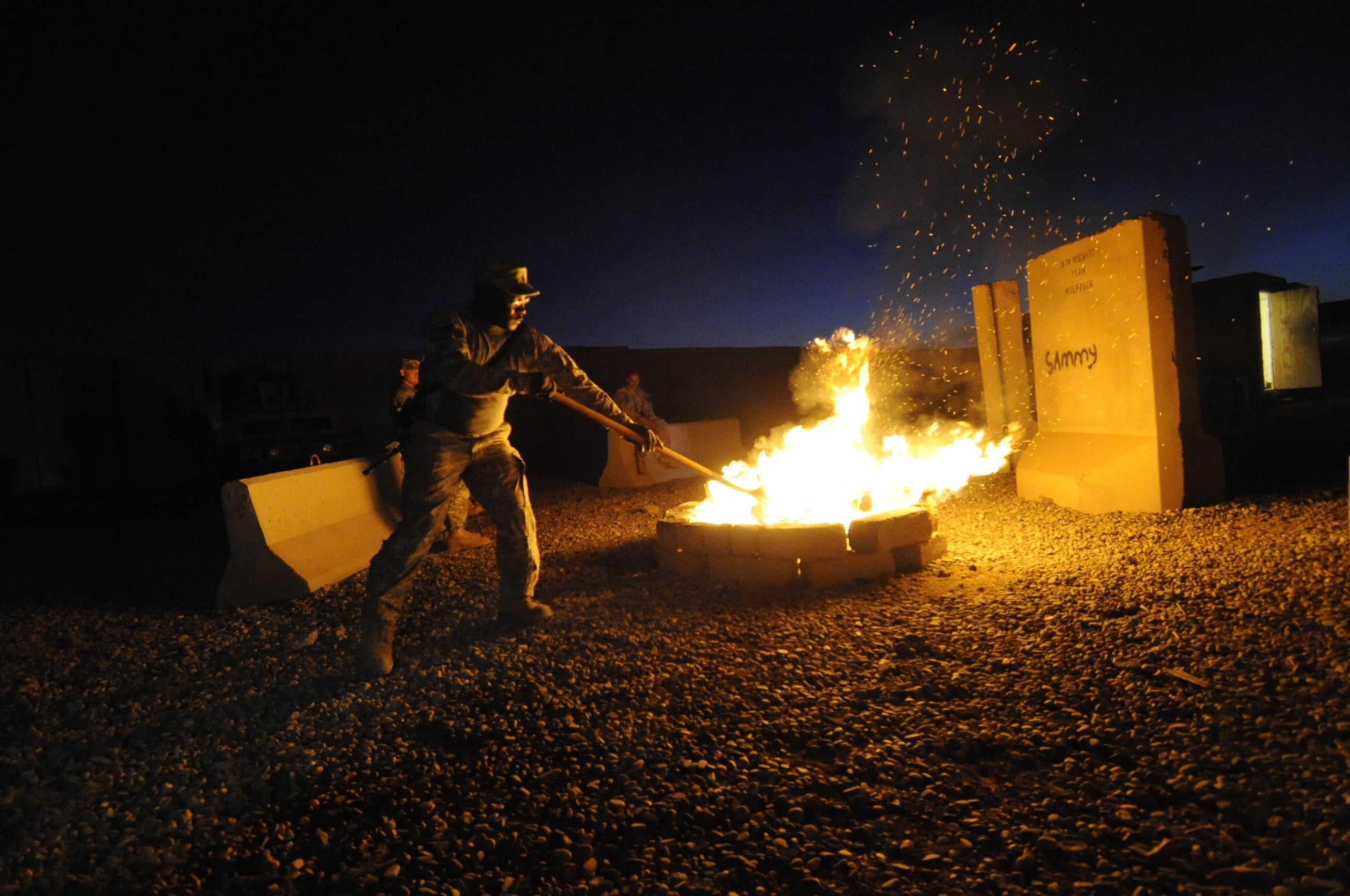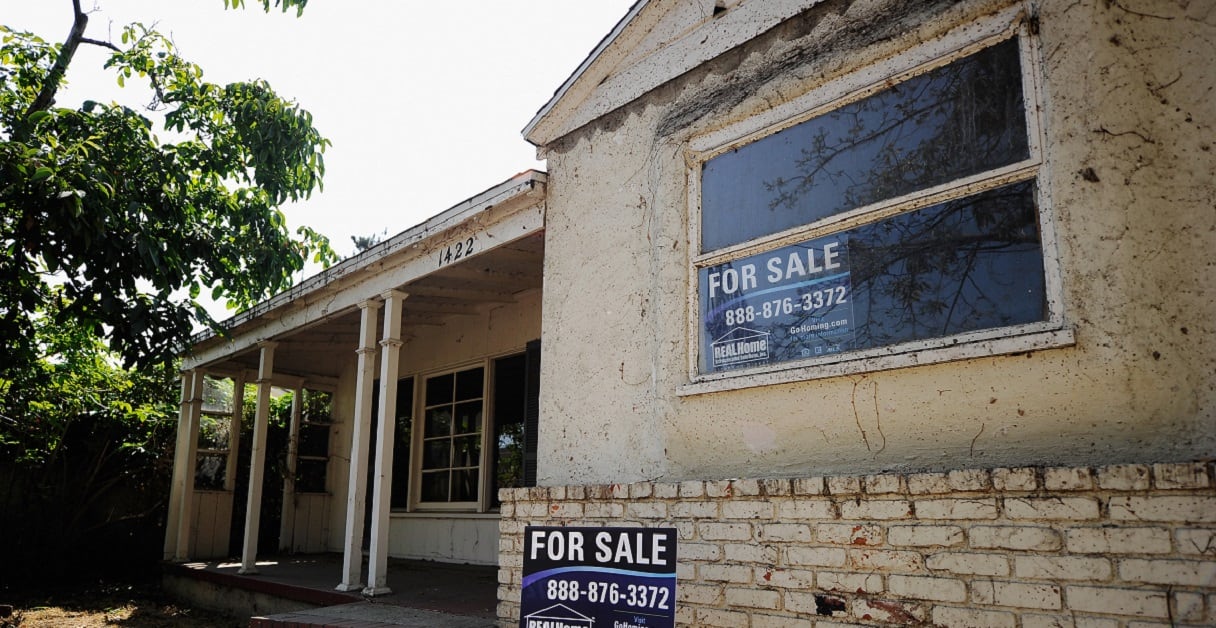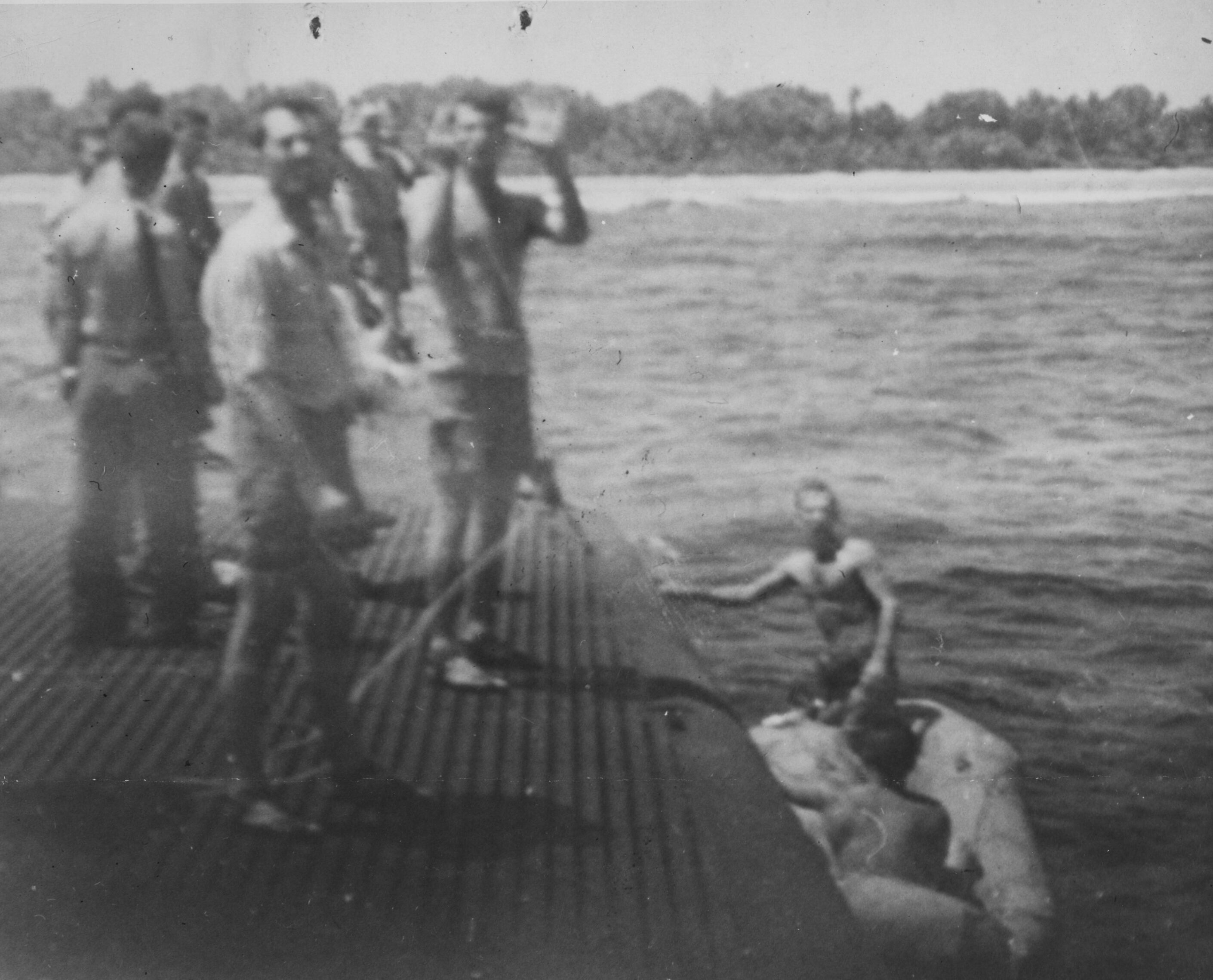WASHINGTON — For years, Veterans Affairs leaders and administration officials have promised they won’t let health issues surrounding burn pit exposure in Iraq and Afghanistan become another “Agent Orange” in the community.
Now, advocates and a handful of lawmakers are worried it already has.
“The level of awareness among members of Congress on the problems from burn pits is abysmally low,” said Rep. Tulsi Gabbard, D-Hawaii and an Army National Guard soldier who served in Iraq in 2004-2005. “Too few understand the urgency of the issue.”
Gabbard and Afghanistan war veteran Rep. Brian Mast, R-Fla., recently introduced new legislation dubbed the Burn Pits Accountability Act to require more in-depth monitoring of servicemembers’ health for signs of illnesses connected to toxic exposure in combat zones.
RELATED

The legislation is also serving as a springboard for renewed discussion about the lingering problem of burn pits, used extensively in Iraq and Afghanistan to dispose of a wide variety of waste and suspected in a wide array of unusual cancers, respiratory illnesses and other health complications from the post-9/11 generation of veterans.
On Thursday, numerous veterans advocates joined Mast and Gabbard at a Capitol Hill press conference to support their legislation but also to highlight the issue, fearing that the once talked-about topic is now becoming an afterthought.
“We’ve had an overflow of veterans sharing their stories, especially in the last few months,” said Paul Rieckhoff, founder and CEO of Iraq and Afghanistan Veterans of America. “Our members feel like their bodies are under attack. And they’re calling for help.”
More than 141,000 veterans and current service members have enrolled in VA’s Airborne Hazards and Open Burn Pit Registry, which allows individuals to document their experiences and illnesses with the department.
But those entries are voluntary, and advocates believe the total number of troops impacted by the poisonous fumes from the pit is significantly higher, since nearly every individual who deployed in the recent wars had some exposure to the burn pits.
“Even when someone in the military is aware that burn pits existed out there, that doesn’t mean they’re aware of who is affected,” Mast said. “They often ask if you were assigned to a job where you (worked with the pits). And if you weren’t, how could this possibly affect you?
“They don’t understand that’s not how the military works.”
Both Gabbard and Mast said the military and VA can do more to be proactive with the problem of burn pit exposure, especially in light of the spotty record with Agent Orange exposure during Vietnam.
Decades passed before many rare illnesses linked to the chemical defoliant were acknowledged by either department or authorized for health and disability benefits. Advocates said they fear bureaucratic indifference will mean years of suffering by the current generation of veterans before the proper medical and financial support is put in place.
House Veterans’ Affairs Committee members will hold a hearing on the issue next month. Meanwhile, IAVA and numerous other veterans groups have been meeting with lawmakers to find a path ahead, either on the Gabbard/Mast legislation or another plan.
Leo covers Congress, Veterans Affairs and the White House for Military Times. He has covered Washington, D.C. since 2004, focusing on military personnel and veterans policies. His work has earned numerous honors, including a 2009 Polk award, a 2010 National Headliner Award, the IAVA Leadership in Journalism award and the VFW News Media award.










